Florence and its illustrious Tuscan Men
Florence and its illustrious Tuscan Men
The most famous cycle of illustrious Tuscan men in Florence is the one situated in the Uffizi courtyard. Twenty-eight statues were positioned from 1823 in the niches of the porch. The cycle starts on the left side of the courtyard next to the actual entrance of the museum with Cosimo the Elder and Lorenzo il Magnifico. Cosimo was the forefather of the Medici family and he personally educated Lorenzo, his nephew, to be his successor. Cosimo was the founder of the major branch of the Medici dinasty, otherwise the economy of the city of Florence flourished very much with Lorenzo. The other sculptures represent famous poets such as Dante, Petrarca, Boccaccio and scientists like Galileo Galilei, portrayed with the telescope he invented in Pisa in 1609. We can recognize Francesco Redi, Cosimo III personal doctor: he was the intellectual man of the XVI century and he was always present at the court of the Medici family. We obviously find Leonardo and Michelangelo but also P. Antonio Micheli the first mycologist. On the south side of the porch, the one that faces the river Arno, there are four famous knights of Florence: Giovanni dalle Bande Nere (Cosimo's father) who gloriously died in Mantova during the attack the Medici Pope Clemente VII organized to defeat the Emperor Charles V; Francesco Ferrucci who died during the siege of Florence in 1529, Pier Capponi who strongly opposed to the sack of the city planned by Charles VIII in 1494 and a famous ghibelline Farinata degli Uberti. The Florentine man didn't want the destruction of his city in1260 when ghibelline faction won over guelphs in Montaperti and the city of Florence had to fall down. These men are all watching the river Arno because they are defending Florence from the enemies!
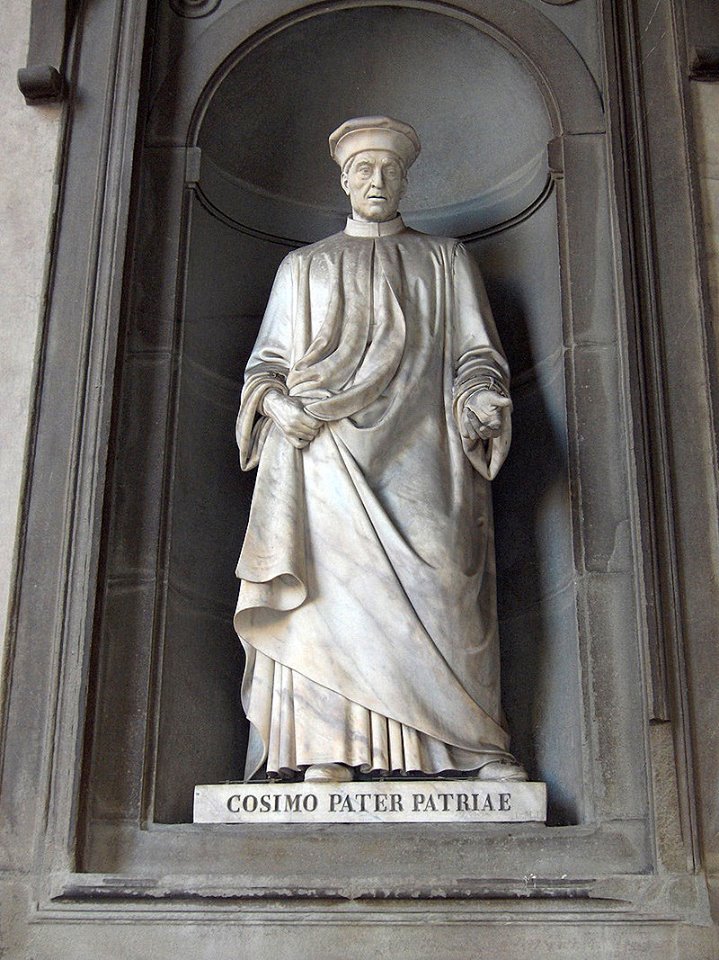
Cosimo the Elder
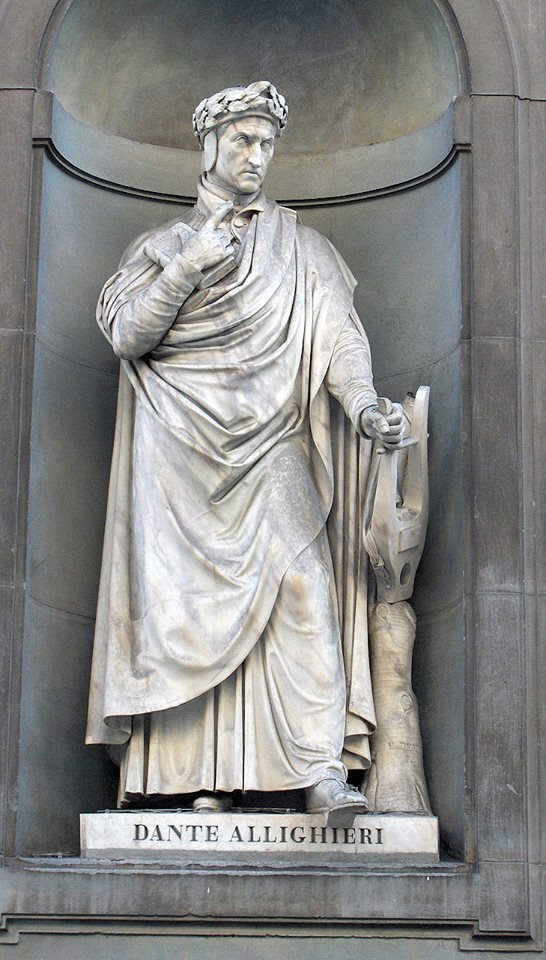

Dante Alighieri
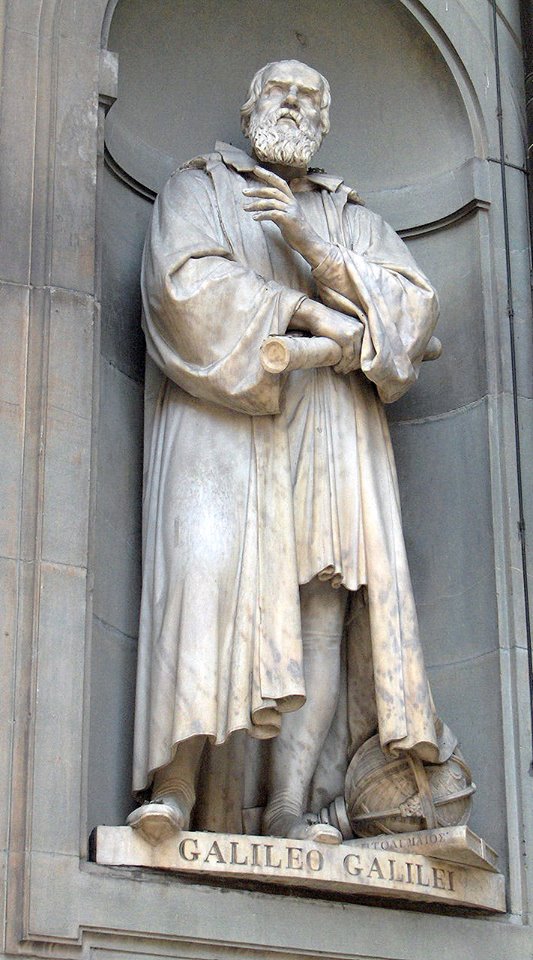
Galileo Galilei
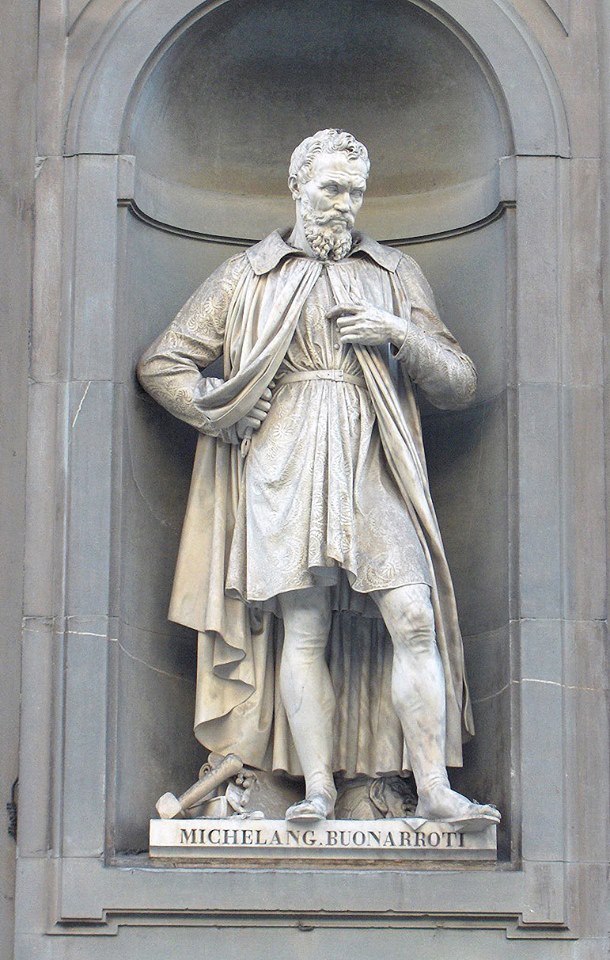

Galileo Galilei

Michelangelo
Altri articoli
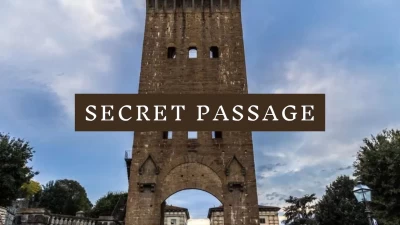
Do you know a secret passage?
In 1877 the secret passage was accessible: four thousands and five hundreds of people crossed it paying twenty-five cents each one!
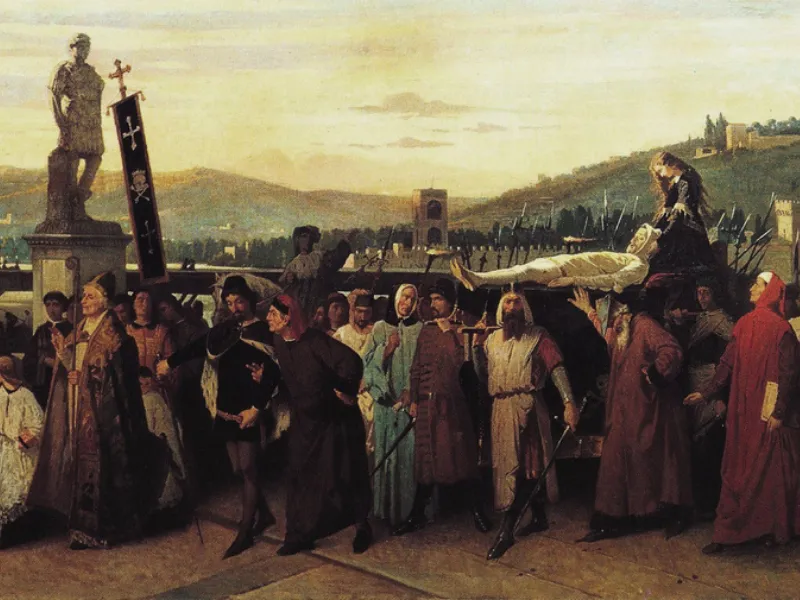
What is done is done
This killing was the beginning of the civil florentine war between the aristocratic families factions of the city: Guelphs against ghibellines.
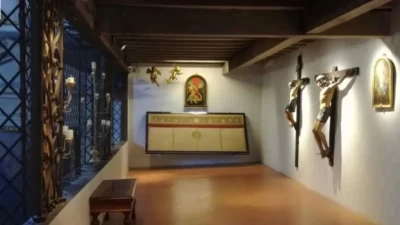
Santa Maria Nuova and its secret underground
Even the great artist Leonardo da Vinci studied anatomy and dissected bodies in this long corridor!!
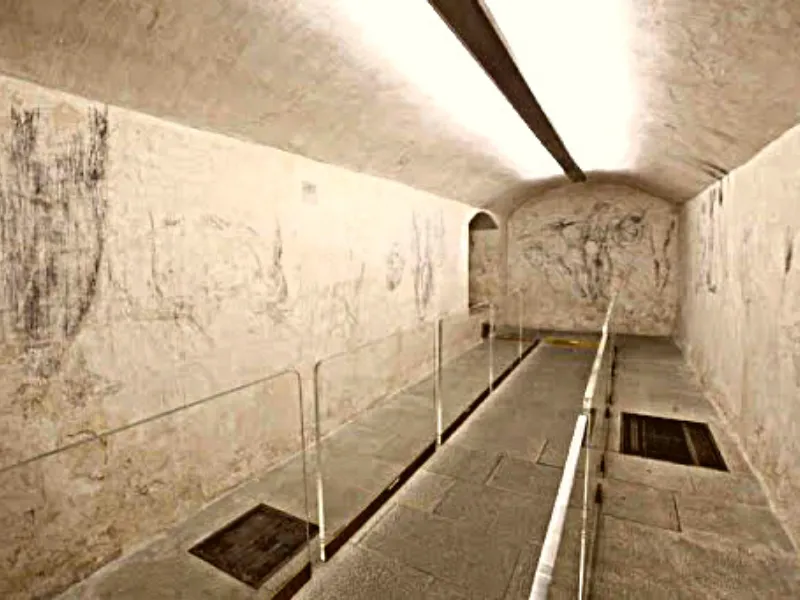
Michelangelo and the secret room.
The artist drew even his self-portrait depicting the attitude of an imprisoned man.

